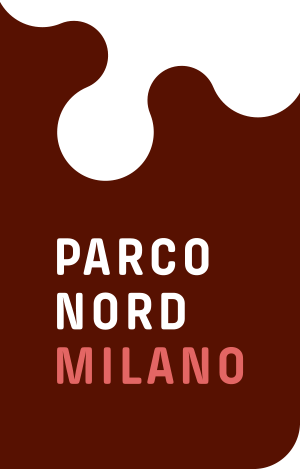THE SOLUTION
Urban and peri-urban green spaces certainly have fewer natural resources than other forest eco-systems. Nevertheless, they are the most immediate, if not the only, possibility for contact with nature for many people.
Although parks and metropolitan green form a fraction which is perhaps insignificant compared to the forestry assets of the planet, they are generally the only places that can contribute to the maintenance of animal and vegetable biodiversity in an environment so strongly affected by human activity as a town. Over time, the way of conceiving and constructing urban green has changed. In the last century, planning and development was predominantly influenced by the 19th century park model; today, the principles of ‘urban forestation’ are being asserted.
This technique of managing forest resources provides for an eco-systemic and interdisciplinary approach which takes into consideration the relationships between the green and the biotic and abiotic components of the urban system. The aim is to find the
solutions with the best balance between management requirements, maintenance needs and recreational function with the least possible impact on the whole forest system.
This type of forestry aims at reconstituting the forest eco-systems following the natural dynamics of the wood. So efforts must be made to make urban woods as close as possible to the original eco-systems of the area in question – in our case, the oakhornbeam system of the plain.
Why is it so important to achieve this aim? First of all, because each eco-system has evolved in equilibrium with its environment over time. A forest system consisting of native species, with a high degree of biodiversity, is a complete eco-system able to renew and extend spontaneously, resisting stress and environmental disturbance factors, such as pollution and the arrival of exotic species, better.
